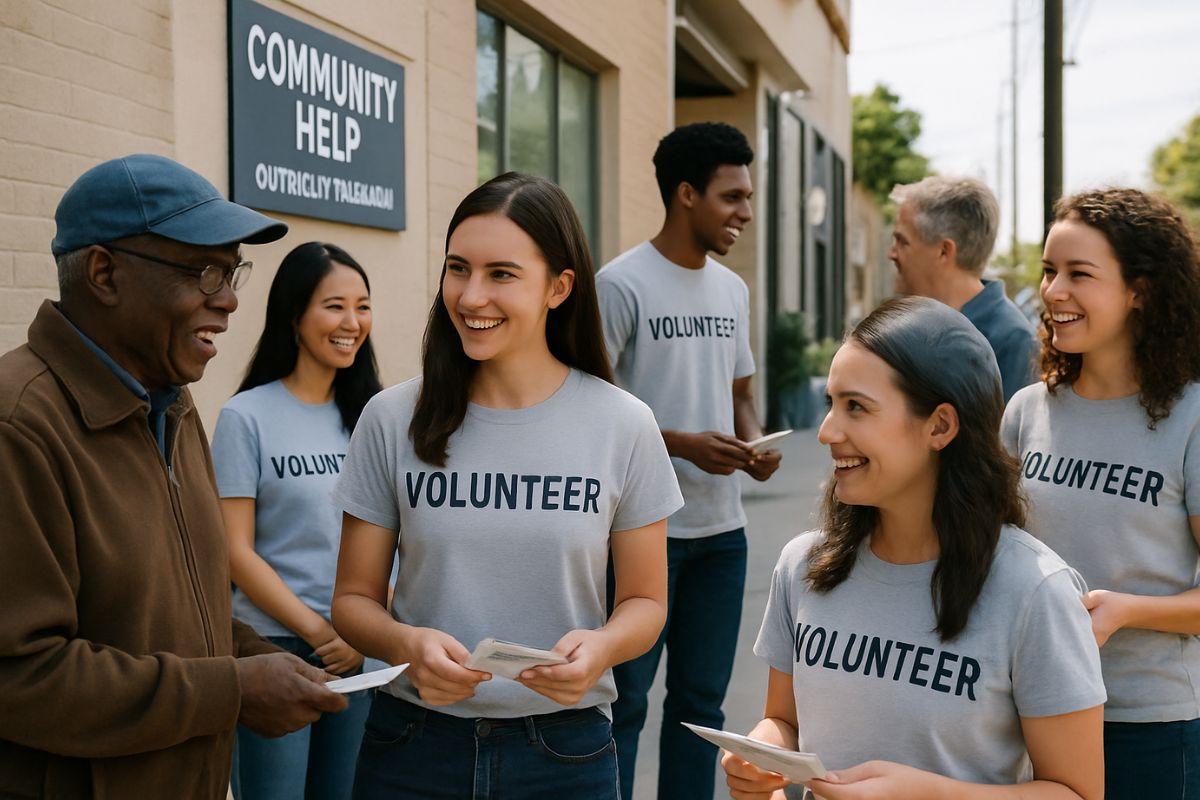
Enhance Delivery With Community Outreach
Getting help to the people who need it most isn’t always about having more staff or bigger budgets. Sometimes it’s about listening, showing up, and building trust where it matters. That’s the role community outreach plays in the delivery of legal aid, public health, and social services.
Outreach is not an add-on. It’s part of the work. It brings services closer to communities, especially those who are often left out—people without internet access, undocumented families, rural residents, and others who rarely hear about programs that could benefit them. When done with care, outreach can close the gap between policy and real life.
Why Community Outreach Strengthens Impact
Many programs are designed with good intentions but never reach full participation. Flyers go unread. Hotlines go unused. Websites see traffic but no action. Not because people don’t need help, but because they don’t know where to start—or whether they’re even welcome.
Outreach bridges that gap. It meets people where they are. In parks, community centers, food banks, schools, and places of worship. These are places where trust already exists. A familiar face handing out information or answering questions carries more weight than a poster on a wall.
By building those personal connections, outreach helps remove the fear and uncertainty that keep people from seeking help. It also brings feedback from the community back to program teams, helping them understand what’s working and what needs to change.
Make Services Feel Local
One reason outreach works is that it feels grounded. People are more likely to respond to someone from their neighborhood, someone who speaks their language, or someone who understands their situation without judgment.
Hiring outreach workers from within the community can make a big difference. These team members bring insight that outsiders often miss—small cultural cues, local history, or barriers that aren’t obvious on paper.
Outreach doesn’t always require formal training. Sometimes it’s enough to show up and listen. When staff spend time in local spaces and join existing events, they build relationships that can’t be replicated through a form or email.
Go Beyond Information
Good outreach isn’t just about passing out flyers. It’s about making it easier to act. That might mean setting up mobile service vans, offering on-site consultations, or scheduling appointments right away for people who express interest.
If someone attends a community event and hears about a program but then has to go home, find documents, make a phone call, and navigate a website—that’s a lot of friction. Many won’t follow through. But if they can start the process on the spot, they’re more likely to stay connected.
Outreach also allows for personalized support. Maybe someone doesn’t qualify for a specific program but needs something similar. A face-to-face conversation allows for referrals, empathy, and tailored responses that online forms often miss.
Build Trust Over Time
Some communities have reasons to be cautious. Past experiences with institutions—whether legal, medical, or social—may have left people feeling ignored or mistreated. In these situations, outreach is not about convincing people to sign up. It’s about rebuilding trust, one step at a time.
That takes consistency. Showing up once a year isn’t enough. Teams need to return, follow through, and maintain relationships even when things are quiet. Trust builds slowly but pays off when programs need support or when crises hit.
Even small gestures—remembering a name, attending a local meeting, or providing follow-up after a visit—can signal respect and care.
Use Partnerships to Multiply Reach
No organization can do everything alone. That’s why partnerships are key to strong outreach. Local nonprofits, faith-based groups, advocacy networks, and schools already have deep ties with their communities. Working with them helps extend the reach of your message.
These partners can help tailor materials, translate messages, and introduce teams to trusted community leaders. They also provide context that improves delivery—like knowing the best time to visit a neighborhood, or what concerns are most urgent at the moment.
In return, your organization becomes a reliable partner in their network, ready to respond when needs arise.
Measure What Matters
Outreach isn’t always easy to track. It doesn’t always lead to instant sign-ups or page visits. But that doesn’t mean it’s not working.
Pay attention to long-term indicators. Are more people returning for services? Are you hearing fewer complaints about access or confusion? Is the tone of community feedback improving?
Simple feedback forms, informal check-ins, and qualitative stories from outreach staff can all provide insight. The goal is not just to count actions, but to understand whether outreach is making people feel heard, respected, and supported.
Keep It Adaptable
Community needs change. What worked last year may not work now. That’s why outreach strategies should remain flexible. If a neighborhood faces a new crisis or if a service becomes harder to access, outreach can adjust more quickly than top-down communication plans.
Mobile outreach teams, pop-up booths, peer ambassadors, or community radio messages are all ways to respond in real time. Keeping a toolbox of outreach formats makes it easier to meet shifting needs without starting from scratch.
Community outreach isn’t about reaching the most people in the shortest time. It’s about reaching the right people in the right way. When done with intention, it strengthens the delivery of services, deepens trust, and helps close the gap between systems and the lives they aim to support.
